Getting straight to the point with linear transmission engineering
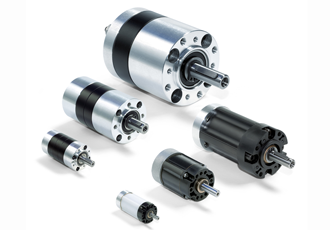
In areas such as automated assembly packaging and robotics, the need for linear motion is increasingly common, but it is also common in diverse applications such as retail displays, sports equipment and many other areas. This has led to a plethora of different linear technologies, and finding your way through this can be daunting. Matt Jones, a linear motion specialist at Drive Lines Technologies, offers a quick guide through the basics.
Engineers have always needed to create and control linear movement, and over the years technologies to support this need have developed. As is typical, early solutions were relatively simple, but they have grown in capability and sophistication so that today there is a wide choice of linear motion components. In fact when specifying a solution for a given application some people may feel spoiled for choice and end up not identifying the most appropriate.
Drives Lines has a wide ranging portfolio of linear products, plus the expertise to help engineers find the best solution for their requirements. There are some basic rules to understand, then an assessment of the project and calculations relating to loads and speeds will form the basis of the selection procedure.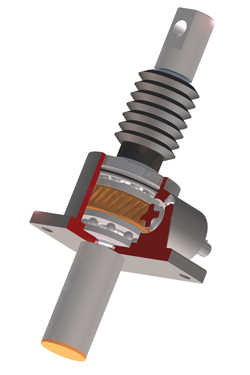
Perhaps the first thing to say is that it is necessary to differentiate between driving and guiding. An actuator is a powered component that creates linear motion, whereas a guide is unpowered and used to keep other components ‘on the straight and narrow’.
Often drive and guide are used together and it is important not to forget the importance of the guide, which can come into their own if there are (expected or unexpected) side or other loads that could upset the system.
Guides
Ball bushings and linear shafting are generally used where a cost effective solution is required in commercial and industrial applications. They can be used in horizontal, vertical and inclined orientations and generally the shaft has a round cross section.
Ball bushings are in effect sleeve-shaped ball bearings designed to support a shaft over a section of its length. They can come with an end-flange or grooves for circlip mounting, in a thin walled variant and mounted within a pillow block housing.
Similar to ball bushings, plain linear bearings and linear slides are also offered by Drive Lines. A range of liners and coatings provides solutions for difficult and harsh environments where traditional ball bushings cannot be used. Shock loads, high speeds, and demanding environments are often best addressed with a plain bearing.
The accompanying linear shafts from Drive Lines are precision ground and hardened. They are usually made from steel or stainless steel, although soft stainless steel and hard coated aluminium shafts are also available for food and wash down applications. Flanged shaft end supports, clamping blocks, Zimmer clamps and other accessories are also available.
A form of linear guide popular for mechanical handling and heavy load applications is the combined bearing and rail. These provide a cost effective guide solution to lift systems, platforms, monorails and cantilever loads. The system combines a radial bearing to take out high moment loads and a smaller axial roller to eliminate side movement. Typically the rail is U-sectioned and combined with a flange plate to which the bearings and rollers are attached.
When it comes to automation, tooling and machine tool linear guidance, linear ball guides provide high precision, high capacity linear motion and can be extremely cost effective. Based on a design of infinitely recirculating ball bearings, they provide equal load capacity in all directions, so guarantee smooth movement and accurate positioning. They are compact and have a low centre of gravity and are available in different precision and pre-load grades to meet most types of precision applications.
Drives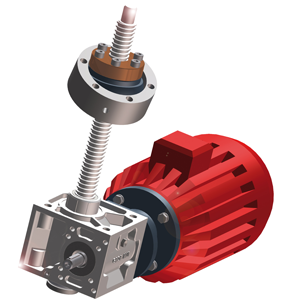 Ballscrews enable cost effective high speed and high precision actuation for automation and industrial applications. Ballscrews offer high rigidity, minimal backlash, fast speed and positional accuracy. They can be supplied preloaded and are easy to install.
Ballscrews enable cost effective high speed and high precision actuation for automation and industrial applications. Ballscrews offer high rigidity, minimal backlash, fast speed and positional accuracy. They can be supplied preloaded and are easy to install.
Drive Lines also offered high performance linear actuators. These combine guide and ballscrew or leadscrew options and can be supplied with a drive motor to provide a one-stop fit-and-forget linear drive solution.
As well as a comprehensive range of linear components Drive Lines also represents USAutomation, an OEM supplier of innovative and cost effective motion control solutions. Its range of linear positioning stages and intelligent stepper motors provide cost effective, precision solutions for high tech and miniature applications.
Similar articles
More from Drive Lines Technologies Ltd
- Linear drive solutions offer independent and precise sub-systems 11th October 2017
- High performance bevel gearbox range extended with new size 18th September 2017
- Mechanical Backlash: How much is too much? 5th September 2017
- Performance and longevity improved through dynamic balance 7th August 2017

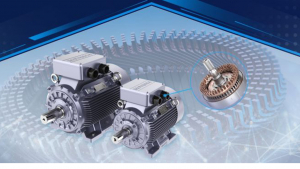
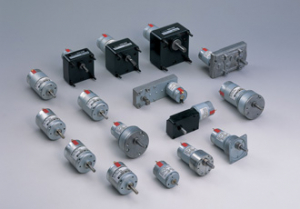
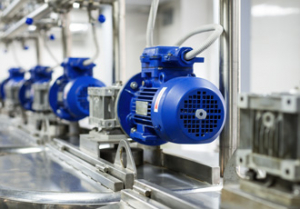








Write a comment
No comments